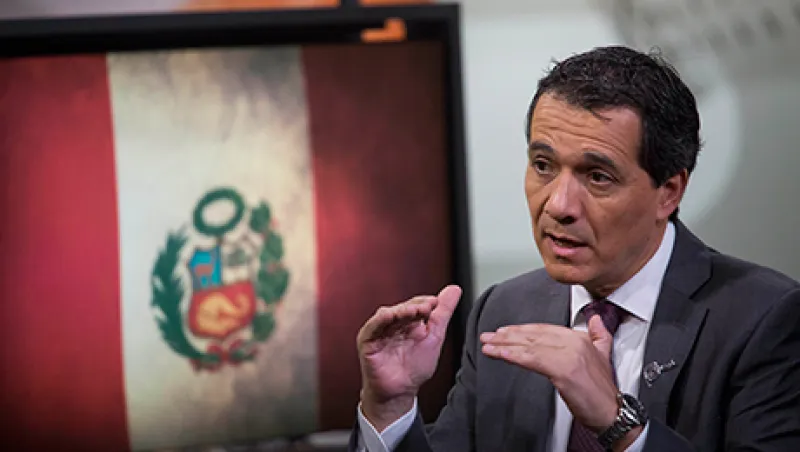
Peru’s Alonso Segura Sees Infrastructure as the New Growth Driver
Finance minister expects mining investment to continue, albeit at a slower pace; says investors can count on policy stability from Lima.
Jonathan Kandell
September 22, 2015


